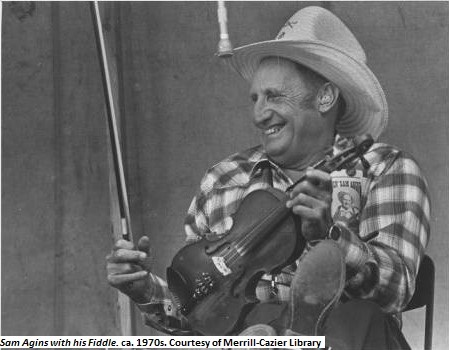Dublin Core
Title
Description
Utah’s rich tradition of traditional music ranges from ancient and modern Native American songs and dances to a variety of European and American musical traditions.
While it is not well known, Utah has a rich heritage of traditional music, both vocal and instrumental. The earliest musical traditions are Native American, belonging to the tribes that have lived in this region for centuries—the Shoshone, Utes, Goshutes, Paiutes, and Navajo. They still sing and dance to ancient songs while also composing new ones within their traditions, which include ceremonial music, social dances, hand-game songs, and more.
A variety of European and American musical traditions arrived in Utah with the coming of Mormon settlers in the 1840s. They brought rich traditions that included Scandinavian and British fiddle tunes, ballads, and other songs. The Mormons were a close-knit group living in near-isolation from the rest of the American people. These factors were favorable for the development of distinct music. Original fiddle tunes, like this one played by Mark Jardine of Salt Lake City, were popular for dancing.
Songs about happenings in Utah were also popular, from the religious [Handcart Song] to the anti-Mormon [Mountain Meadows Massacre Ballad].
In the 1940s, Austin and Alta Fife, Hector Lee, Lester Hubbard, and other folklorists recorded many of these songs that might have otherwise been forgotten. In the 1960s, folk revival musicians like Rosalie Sorrels recorded some of the songs, giving them new life. Today, a number of musicians around the state perform them.
Creator
Source
Image: Sam Agins with His Fiddle. Singin' Sam Agins during a performance, possibly a recording session, with his fiddle. c. 1970s. Courtesy of Merrill-Cazier Library.
_______________
The Fife Collection at the Fife Folklore Archives, Utah State University; Ballads and Songs from Utah by Lester Hubbard; Mormon Songs from the Rocky Mountains by Thomas E. Cheney; Beehive Band recording.

